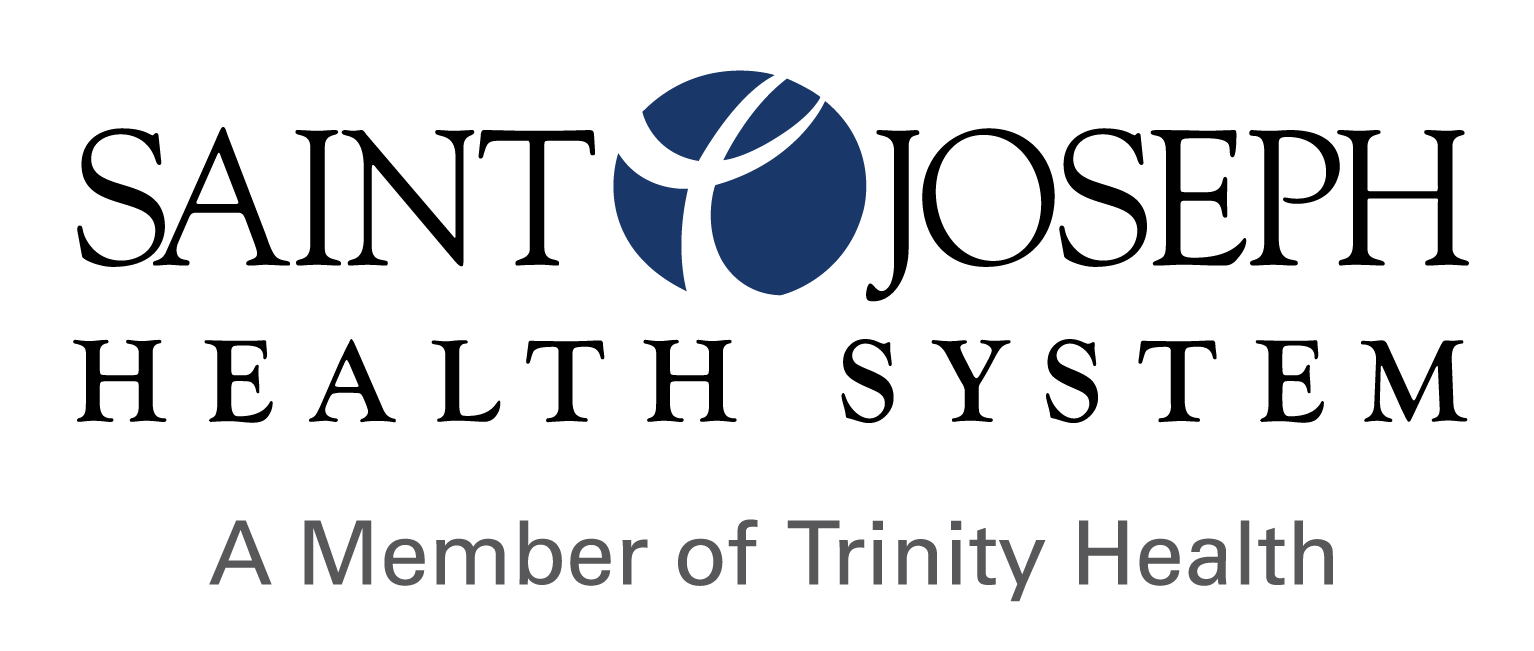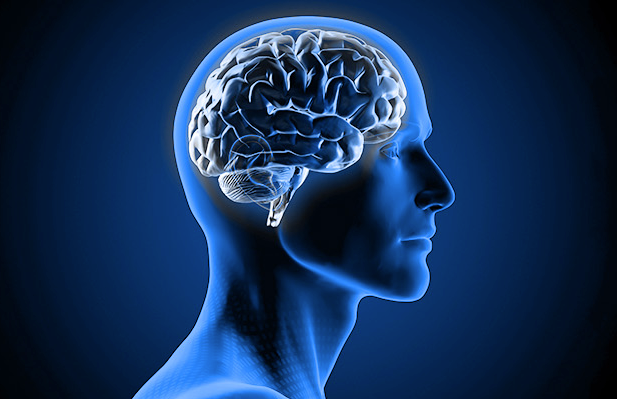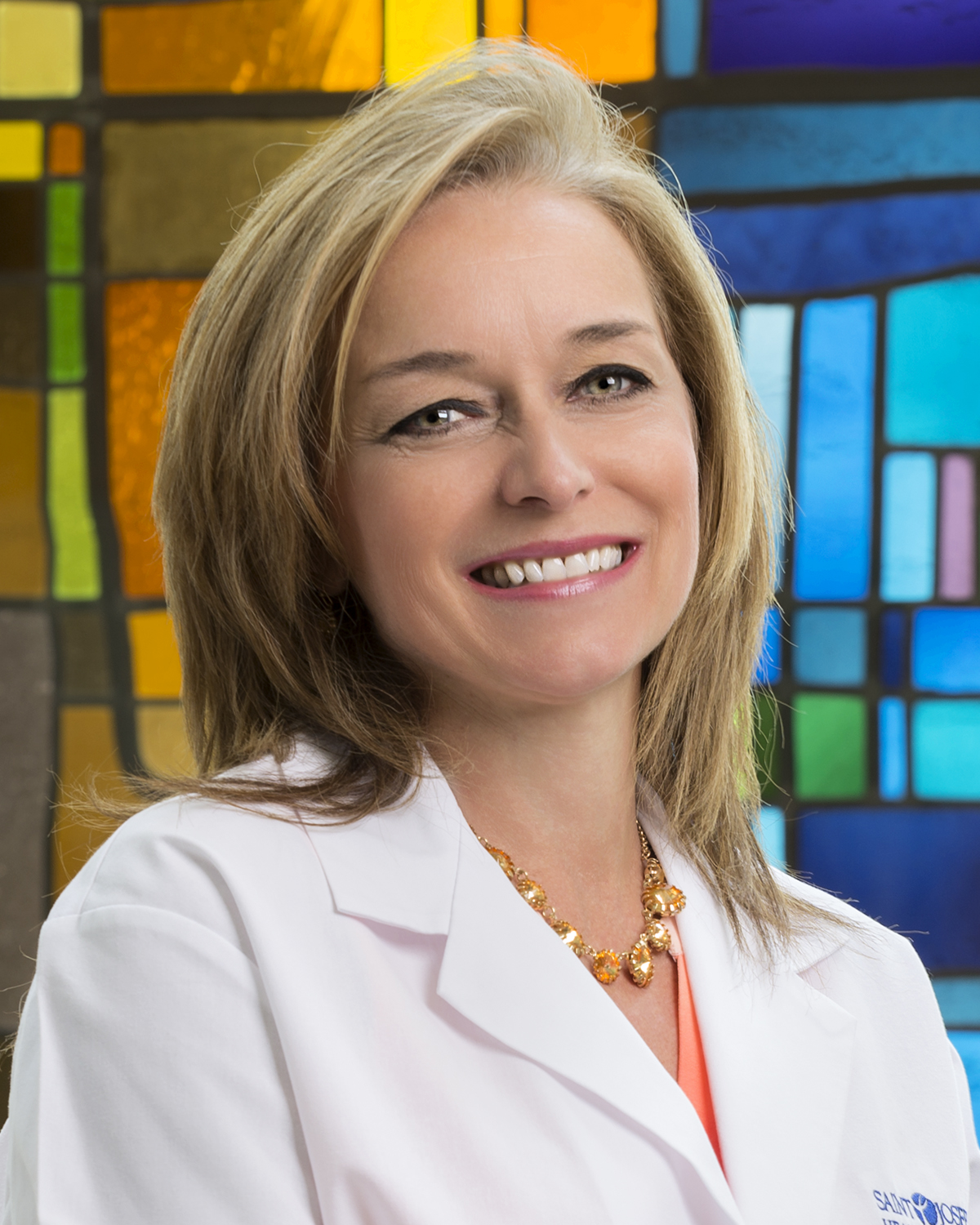Stroke is a leading cause of death and disability in the United States. Anyone can have a stroke, and they can occur strokes at any age, but are most common in adults. Many strokes could be prevented by making healthy lifestyle choices and controlling risk factors with your primary care physician’s care.
What is a stroke?
A stroke occurs when a blood vessel to the brain is narrowed or blocked by a clot (called an ischemic stroke) or when a blood vessel bursts (called a hemorrhagic stroke).
When a blood vessel is no longer able to supply blood flow to a particular area of the brain, that tissue becomes starved of oxygen and blood flow, resulting in damage to the brain tissue. Depending on the location of the stroke, people can have a variety of symptoms, including weakness, numbness, coordination difficulties, speech problems and visual disturbance, among other neurologic symptoms. Severe strokes can lead to paralysis and death. The way to prevent stroke is to protect the blood vessels and the blood flow through them.
What are the risk factors for stroke?
There are two categories of risk.
- Nonmodifiable risk factors are genetic, including race, gender, and family history of clotting disorders or coronary/vascular disease. It is important to know your family history and discuss risk factors with your primary care physician.
- Modifiable risk factors are things you can control like your diet, alcohol intake, smoking and exercise.
What are the ways to manage risk factors?
Make healthy lifestyle choices and with your doctor’s help monitor your blood pressure, blood sugar levels and cholesterol. Based on your family history and risk factors, you doctor will assess the right level of monitoring.
- Eat a healthy diet focused on fruits, vegetables, legumes, nuts, and whole grains, such as the “Mediterranean diet” which is low in salt and saturated fats, trans fat, added sugars and cholesterol, which all are linked to stroke and heart conditions.
- Get regular physical activity to lower your risk of obesity, high blood pressure, high cholesterol, and diabetes – all risk factors for stroke.
- Don’t smoke and limit your alcohol intake. Women should have no more than one drink a day and men should have no more than two drinks a day. Even exposure to secondhand smoke can make you more likely to have a stroke.
Learn the signs of stroke and be B.E.F.A.S.T. when they occur
Stroke symptoms happen abruptly. Act B.E.F.A.S.T. and call 911 immediately if you experience these symptoms:
- Balance – loss of balance or coordination.
- Eyes – sudden blurred or double vision, or loss of vision in one or both eyes.
- Face – if one side of your face is drifting downward.
- Arms – if one of your arms is falling lower.
- Speech – if your speech is slurred or mumbled.
- Time – time is crucial. If you have any of these signs, call 911 immediately.
Other signs of stroke include:
- Sudden onset of several headache.
- Weakness or numbness in one half of the body or one limb.
The key to stroke recovery is getting treatment immediately to prevent death or long-term disability. Do not drive yourself or let someone else drive you the hospital. Calling 911 will allow the medical staff to begin treatment immediately in the ambulance on the way to the hospital.
A mini-stroke or TIA (transient ischemic attacks) can occur before a completed stroke and should be taken just as seriously as a completed stroke, because it increases the risk for a full stroke later. Mini-strokes symptoms come on abruptly, but only last from a few minutes up to 24 hours with no long-term damage to the brain. In this case a blood vessel is temporarily blocked but then blood flow is restored.
It is critical to seek emergency care as soon as possible to determine if immediate intervention, such as administration of “clot busting” medications or intervention with clot retrieval would be appropriate. The critical time to treat stroke is within the first 1-3 hours of onset of symptoms. Remember: “Time is Brain!”
Know your risks and do what you can to prevent them.
Know your risk factors for stroke and make healthy lifestyle choices to decrease the risk factors you can control. Not all risk factors can be changed, such as age, genetic makeup or family history, but several major risk factors are treatable and controllable, and your physician will know your risks and help you address and reduce them.
Do whatever you can to reduce your risks – because the best treatment of stroke is prevention.


